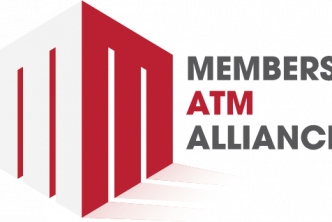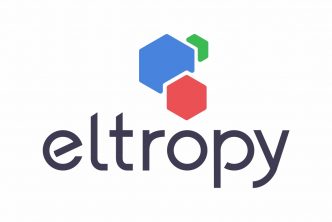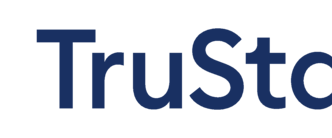By Richard Miller, executive vice president, John M. Floyd and Associates
With 2019 upon us, it’s a great time to press “reset.” Here are a few New Year’s resolutions to keep you on the right path with overdraft services.
RESOLUTION #1: “I will put my account holders first with a fully disclosed overdraft program.”
An undisclosed overdraft service is no service at all to account holders. Without a clear explanation upon opt-in and without disclosing overdraft limits and/or fees, your overdraft program has the potential to leave account holders confused and dismayed.
On the flip side, a fully disclosed overdraft program lays it all out in the open, offering transparency and empowering your account holders to make informed decisions.
RESOLUTION #2: “I will help my staff by implementing a program that’s simple to explain to account holders.”
According to a recent global survey, the top factor influencing employee wellbeing is stress (95 percent of respondents). An overdraft program shrouded in mystery—a confusing opt in or dynamic limits based on hard-to-explain algorithms—makes for stressful conversations between your employees and account holders.
As the face of your institution, your employees deserve better. An overdraft program that offers set limits and transparency is easy to understand and easy to explain.
RESOLUTION #3: “I will maintain 100 percent compliance.”
If your overdraft program doesn’t come with a 100 percent compliance guarantee and offer ongoing monitoring, your bank or credit union is open to compliance violations that could be very costly. This summer, TCF Bank was ordered to pay $30 million for how it handled its overdraft services. You can’t afford to ignore this resolution.
RESOLUTION #4: “I will keep charge-offs down.”
Overdraft programs that rely on heavy use from a small group of individuals run the risk of having high charge-off rates. Not to mention no room to grow.
However, when your program becomes a fully disclosed service to be used as a safety net by a larger pool of account holders, you not only mitigate the risk of charge-offs, you also have better chances of increasing non-interest income.
RESOLUTION #5: “I will put an emphasis on continuing education.”
The industry evolves, regulations change, employees come and go so it’s incredibly important to establish a culture of training and continuing education for your overdraft program. Staying on top of compliance issues, following best practices, and learning about analytics and reporting capabilities are essential to the success of your overdraft program.
To stick to all five of these resolutions in 2019 and beyond, check out JMFA OVERDRAFT PRIVILEGE®—a fully disclosed, transparent program that guarantees 100 percent compliance, can help boost fee income, and offers continuing education opportunities exclusively for clients through the JMFA Academy. It only takes a few minutes to begin your free analysis. Why not get the year off to a positive start?





